Can solar string lights be used indoors
Solar string lights have become increasingly popular for outdoor decorations, but many people wonder if these versatile lighting solutions can be used indoors as well. In this article, we’ll dig into the possibilities of using solar string lights inside your home, discuss their benefits and limitations, and provide tips on how to make the most of these eco-friendly illumination options.
The Versatility of Solar String Lights
Solar string lights are primarily designed for outdoor use, harnessing the power of the sun to charge their batteries during the day and provide illumination at night. However, their charm and functionality have led many to consider bringing them indoors. These lights come in various styles, from fairy lights to larger bulbs, making them adaptable to different interior design aesthetics.
Small solar string lights, in particular, have gained popularity for their delicate appearance and ability to create a cozy ambiance. Their compact size makes them ideal for indoor use, as they can be easily draped over furniture, wound around plants, or hung along walls without overwhelming the space.
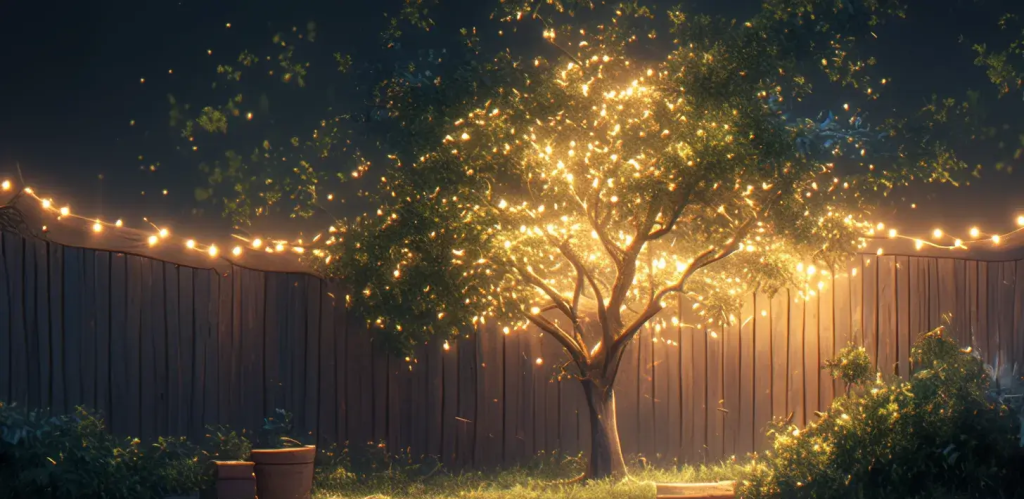
While solar string lights are designed to work best outdoors, they can indeed be used indoors with some considerations. The key is to ensure they receive adequate sunlight to charge their batteries effectively. This may require some creativity in placement, but it’s certainly achievable in many homes.
Innovative Ways to Use Solar String Lights Indoors
Despite the challenges of using solar-powered lights indoors, there are several innovative ways to incorporate these charming illuminations into your interior spaces:
- Window Displays: Hang solar string lights near windows or glass doors where they can receive direct sunlight during the day. This placement allows them to charge efficiently while adding a whimsical touch to your indoor decor.
- Sunroom Accents: Sunrooms or conservatories are ideal locations for solar string lights. These spaces typically receive ample sunlight, ensuring your lights stay charged and ready to create a magical atmosphere in the evenings.
- Balcony or Patio Doors: If you have a balcony or patio door that receives good sunlight, consider draping solar string lights around the doorframe. This creates a seamless transition between indoor and outdoor spaces.
- Skylight Decorations: For homes with skylights, solar string lights can be a unique addition. Arrange them around the skylight frame to create a starry effect when the sun goes down.
- Portable Decor: Use small solar string lights to decorate portable items like potted plants or decorative ladders. These can be moved outdoors during the day for charging and brought back in at night.
When using solar string lights indoors, it’s crucial to choose models with detachable solar panels. This feature allows you to place the panel in a sunny spot while positioning the lights wherever you desire indoors. Some manufacturers even offer extended cables between the panel and the lights, providing greater flexibility in placement.
Overcoming Challenges and Maximizing Efficiency
While solar string lights can be used indoors, there are some challenges to consider and overcome:
- Limited Sunlight Exposure: Indoor spaces typically receive less direct sunlight compared to outdoor areas. This can affect the performance of solar string lights, as they rely on sunlight to charge their batteries. To maximize sunlight absorption, place the solar panel as close to a window as possible. For the best results, choose a window that faces south, ensuring the panel gets ample sunlight throughout the day.
- Shorter Battery Life: Because solar panels inside may not receive as much direct sunlight as those outside, the charging process can be less efficient. This can result in a reduced battery life for your solar string lights. To mitigate this, consider using the lights for shorter periods of time or opt for models with larger battery capacities. These larger batteries can store more energy, helping the lights last longer even with limited sunlight exposure.
- Seasonal Variations: The effectiveness of solar string lights can fluctuate depending on the time of year. In winter, when the days are shorter and sunlight is weaker, the lights may not perform as well. On the other hand, during summer months when the days are longer and the sunlight is more intense, you might notice better performance. Keep in mind that indoor lighting conditions are also influenced by factors like window size and orientation, which may change with the seasons.
- Alternative Charging Methods: Some small solar string lights offer a USB charging option in addition to solar power. This feature can be especially helpful for indoor use, as it allows you to charge the lights artificially when natural sunlight is insufficient. Simply plug the lights into a USB port, and they will be ready to use, regardless of the amount of available sunlight.
To maximize the efficiency of your indoor solar string lights:
- Clean the solar panel regularly to ensure optimal light absorption.
- Rotate the panel throughout the day if possible to follow the sun’s path.
- Consider using reflective surfaces near the solar panel to increase light exposure.
- Opt for LED solar string lights, as they tend to be more energy-efficient and have a longer lifespan.
By addressing these challenges and implementing these tips, you can successfully incorporate the charm of solar string lights into your indoor spaces.
Conclusion
Solar string lights, including small solar string lights, can indeed be used indoors with some creativity and consideration. While they may not be as effortlessly functional as they are outdoors, the unique ambiance they create makes the extra effort worthwhile. By strategically placing these lights near sunlight sources and utilizing their portability, you can enjoy their eco-friendly glow both inside and outside your home.
As technology advances, we can expect to see more solar lighting options specifically designed for indoor use. Until then, experimenting with current solar string light models can lead to beautiful and unexpected interior design elements. If you’re interested in comprehending solar lighting options for both indoor and outdoor use, don’t hesitate to reach out to us at info@forigat.com for more information on our range of solar-powered lighting solutions.
References
- U.S. Department of Energy. (2021). Solar Lighting Basics. Office of Energy Efficiency & Renewable Energy. https://www.energy.gov/eere/solar/solar-lighting-basics
- National Renewable Energy Laboratory. (2022). Solar Radiation Basics. https://www.nrel.gov/research/re-solar.html
- American Lighting Association. (2023). LED Lighting. https://www.americanlightingassoc.com/led-lighting
- Energy Star. (2023). Light Bulbs. https://www.energystar.gov/products/lighting_fans/light_bulbs

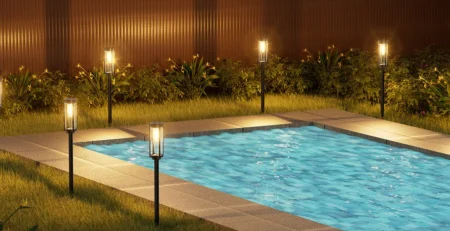
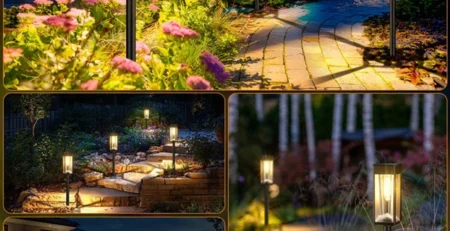
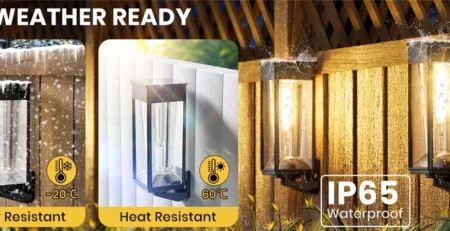
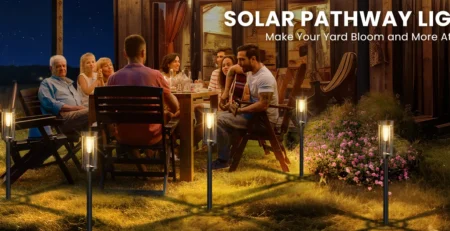
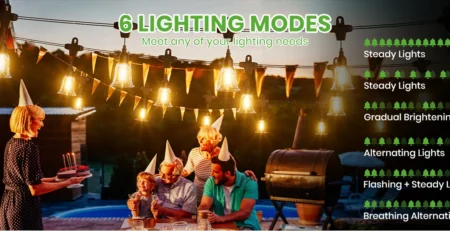
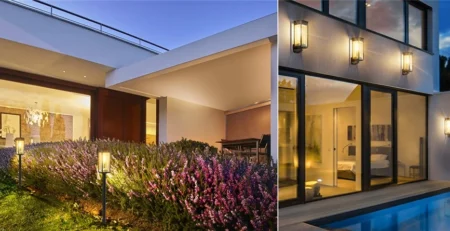
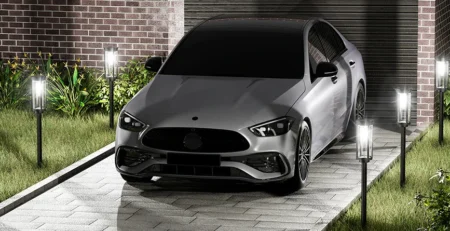

-6-3-450x231.webp)

Leave a Reply